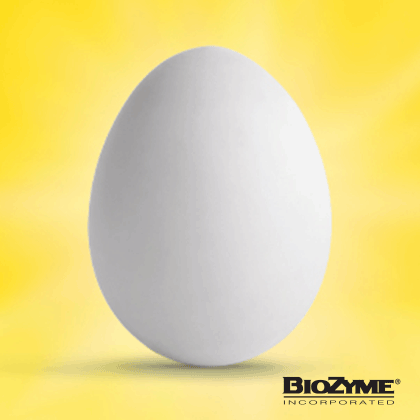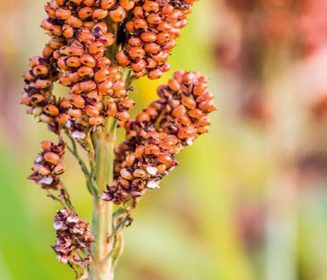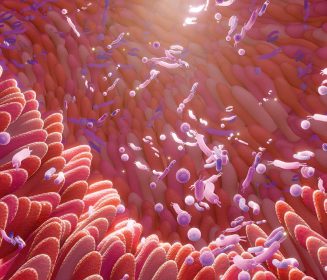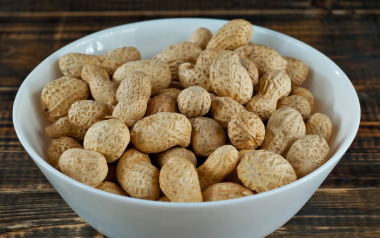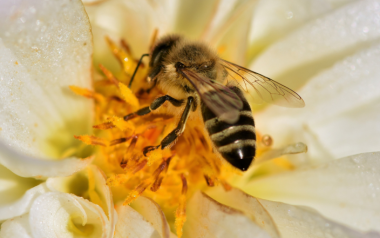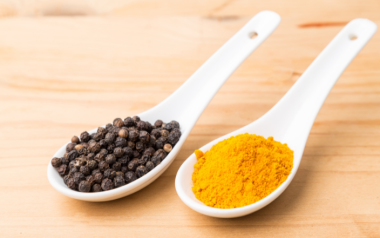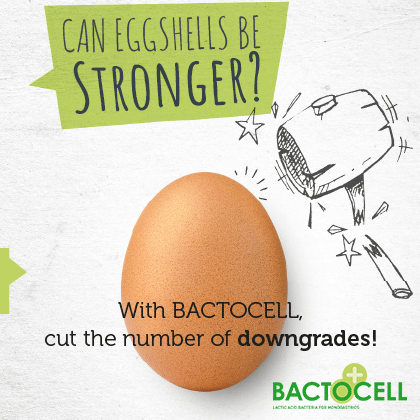The comparative price of eggs with other proteins of animal origin and the quality of its protein have made growth in production and consumption sustainable in recent years.
Role of the eggshell and factors affecting its quality
Contenido disponible en: Español (Spanish)The egg is a symbol of life; with the purpose of perpetuating oviparous species, and it […]
The egg is a symbol of life; with the purpose of perpetuating oviparous species, and it has been present since ancient times in the diet of humanity. It is considered a perfect food for the quantity and quality of macronutrients that it provides and as well as its protective properties against deficiency-related illnesses.
In addition, the FAO (Food and Agriculture Organization of the United Nations) recognizes it as one of the most nutritious foods in nature.
The egg industry is constantly changing, due to growing market demand, technological changes and pressure from consumers and regulatory bodies.
In recent years, world egg production has increased considerably; even in some countries the growth of demand has been faster than that of production to meet it; these increases have been close to 3% per year.
At least 70% of world egg production is concentrated in a few countries such as China, the United States, India, Mexico, Russia, Brazil, Japan, Indonesia, Ukraine, and Turkey.
This growth and increased competition and the demands and specialization of consumers, lead producers to make considerable efforts to minimize egg shell quality problems, sometimes without success.
The hen's reproductive system is made up of the ovary and the oviduct, and only those located on the left side of the hen's body are functional.
The Oviduct can be described as a tube of about 60 cm in length and due to its morphology and function, the oviduct can be divided into 4 regions:


Cuticle
It is a membrane formed one hour before oviposition, whose main function is to exert an antibacterial action on the external part of the egg, which is essential to make the egg such an efficient container of proteins.
This membrane is made up mainly of proteins (90%) and a small portion of lipids and carbohydrates. Its main function is to seal the pores, forming a barrier against the penetration of microorganisms into the egg, as well as preventing the loss of water from it.
THE EGG
The egg is normally laid between 7 and 11 in the morning and the new ovulation should start about half an hour after the egg has been laid.
The egg is designed by nature for reproduction and to give protection and nourishment to the embryo. The structure of an egg is made up of three main parts:
The shell
It represents about 10% of the weight of the egg. It is made up of calcium carbonate and small amounts of magnesium carbonate and calcium phosphate.
The egg white
It is made up mainly of water and proteins of high biological value that contain the 8 essential amino acids. It represents about 60% of the total weight of an egg.
The yolk
It contains lipids and proteins and is the largest source of vitamins, minerals and essential substances in this food. It represents about 30% of the total weight of an egg.
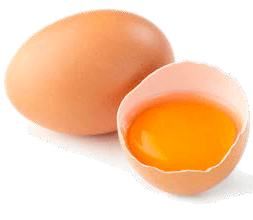
TO CONTINUE READING REGISTER IT IS COMPLETELY FREE
Access to articles in PDF
Keep up to date with our newsletters
Receive the magazine for free in digital version
REGISTRATION
ACCESS
YOUR ACCOUNT
LOGIN
Lost your password?




